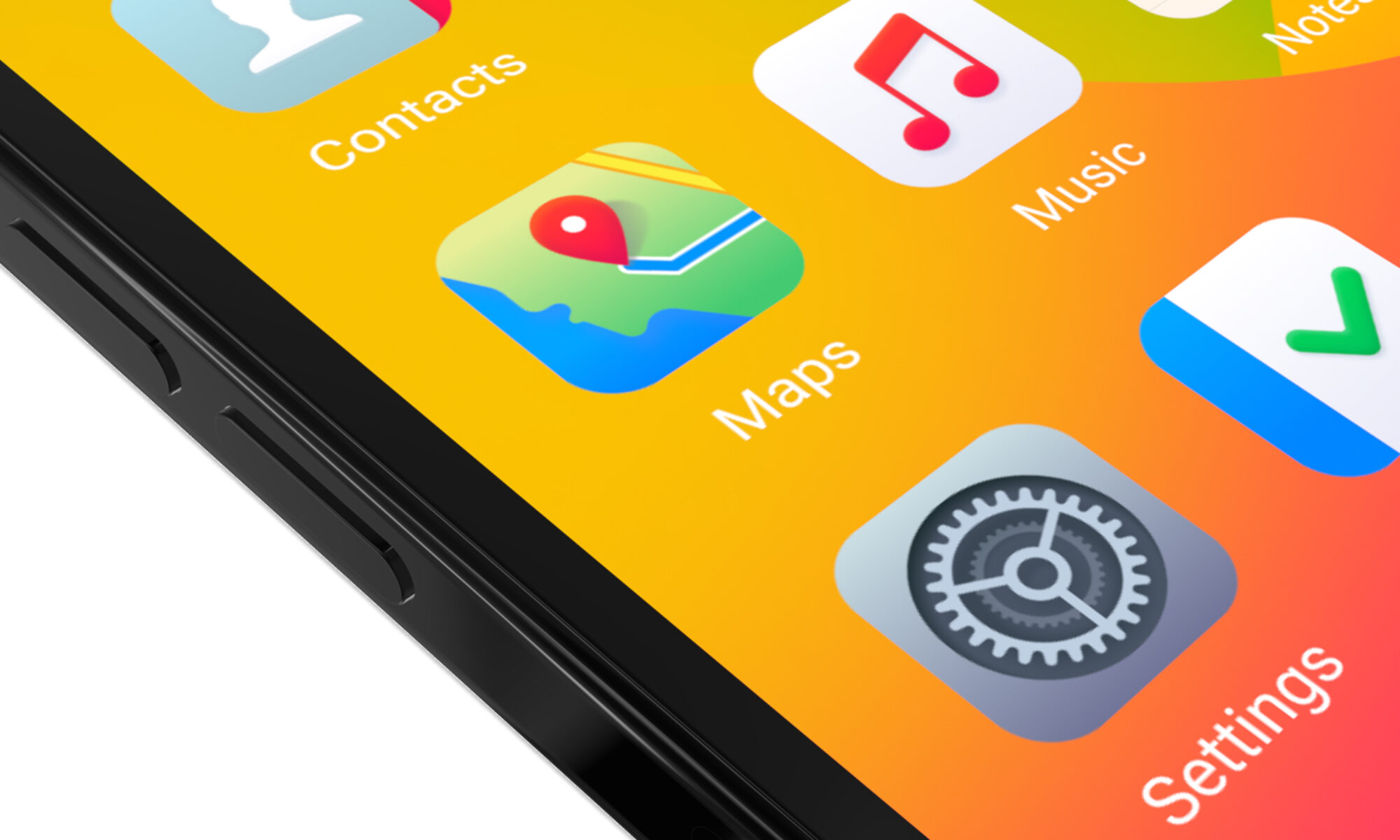It’s been more than 10 years that music has entered the digital area, as an insidious process that has reach a point where most teenagers just don’t buy audio CD anymore. Instead, they listen to songs on their iPod. The same process has applied to other artistic contents, including movies, and now it seems that the book, you know, that object with many sheets of paper, is going to decline in favor of iBooks, Kindle books and others.
 Even me, while still listening to my CDs (and planning to retrieve a vinyle turntable because the _sound is better with vinyl plates_), I’ve started to use the iPod stuff on my iPhone, and I confess I already purchased some songs on iTunes, even some full albums.
Even me, while still listening to my CDs (and planning to retrieve a vinyle turntable because the _sound is better with vinyl plates_), I’ve started to use the iPod stuff on my iPhone, and I confess I already purchased some songs on iTunes, even some full albums.
As a result, it seems that this dematerialization process is ineluctable, and that the real world, I mean the one with objects that weigh and that you can pick up with you hand, is about to become an empty space with just some humans interacting with digital devices.
The situation seemed to be sadly desperate and the future was dark. Until yesterday.
Yes, yesterday, I attended the first “HackDays Paris”, a 40-hour intensive hacking marathon where we were demoed 47 awesome projects. One of them was “#45 Noise-it-yourself”, created by a team of 3 hackers lead by Olivier Brechon.
The “#45 Noise-it-yourself” prototype (which won the first prize) is a box where you can put objects. You can put small objects in it. Maybe you can put a sleeve, or a CD-case, or a card or whatever that is not too big, depending on the size of the box of course. At his point you may think that Ulteo is killing my neurons or maybe I need to sleep. But wait! it’s not finished.
The box has a _RFID sensor_. And objects you put in it have tiny RFID stickers on.
Got it? You connect the RFID sensor to some information processing system, such as a computer or a more basic electronic device, and you know which object has been put in the box. So you can trigger some corresponding actions that start when a an object with the RFID sticker is put in the box, such as starting a song (from Jamendo, Last.fm, Deezer, or your favorite VLC player).
So now you can put an autumn leaf into the box, and this will start “Les feuilles mortes” by Yves Montand (remember: it was Hack Days _Paris_). In a more Rock fashion, it could start “Les feuilles mortes” by Iggy Pop (or maybe like me you would prefer another song by Iggy, but in this case you may prefer another object than a leaf).
So imagine that you have that device, and programmable RFID stickers, you could have your songs, or full albums, represented by the object of your choice. Whereever you want them, ordered or not. Drop the object in the box and you get the music you want. No need to click a mouse or touch a screen anymore to listen to music. Great!
Of course, it could start movies on your TV or your computer, the same way. How great and instinctive it would be for a 2 years old child to watch his favorite Barbapapa episode just by putting a small Barbapapa figurine or a card with a visual resumé of the episode. And maybe you can put that stickers on your books so that you throw the book in the box and then you can get the content displayed on your iPad or Kindle. (In that particular case, maybe that reading the book directly could be a good option as well.) Or maybe even run a software?
Of course, that could also be a nice business model for music labels, software makers, movie makers. They can distribute the RFID identities that would fit the purchased content, you could load them into RFID stickers. Or even sell cards or… various objects with the RFID stick already in place and loaded with a digital label.
And the concept could even be extended to other fields and other purposes… And some other ways than “putting in a box” can be done, such as approaching the object from your smartphone or computer.
Last, why not imagine a variant that would use QR codes instead of RFID stickers? The sensor is likely to cost little though.
So maybe I missed something before yesterday’s presentation, and that it already exists as real devices? In this case, please tell me! 🙂
 J’avais prévu une catégorie “Music” quand j’ai mis en place la nouvelle version de ce blog, mais pas encore ou rarement utilisée. Il faut donc réparer ceci et j’ai décidé de publier ici une ou deux fois par semaine, un coup de projecteur, plus ou moins long, sur un album ou un titre, ou un artiste, que j’apprécie particulièrement. Attention, ça va être éclectique et pas toujours électrique ! de Cure à Schubert, en passant par Moderat et Stevie Wonder !
J’avais prévu une catégorie “Music” quand j’ai mis en place la nouvelle version de ce blog, mais pas encore ou rarement utilisée. Il faut donc réparer ceci et j’ai décidé de publier ici une ou deux fois par semaine, un coup de projecteur, plus ou moins long, sur un album ou un titre, ou un artiste, que j’apprécie particulièrement. Attention, ça va être éclectique et pas toujours électrique ! de Cure à Schubert, en passant par Moderat et Stevie Wonder !

 That’s the more impressive rock band I’ve listened to since early Smashing Pumpkins and early Placebo.
That’s the more impressive rock band I’ve listened to since early Smashing Pumpkins and early Placebo.